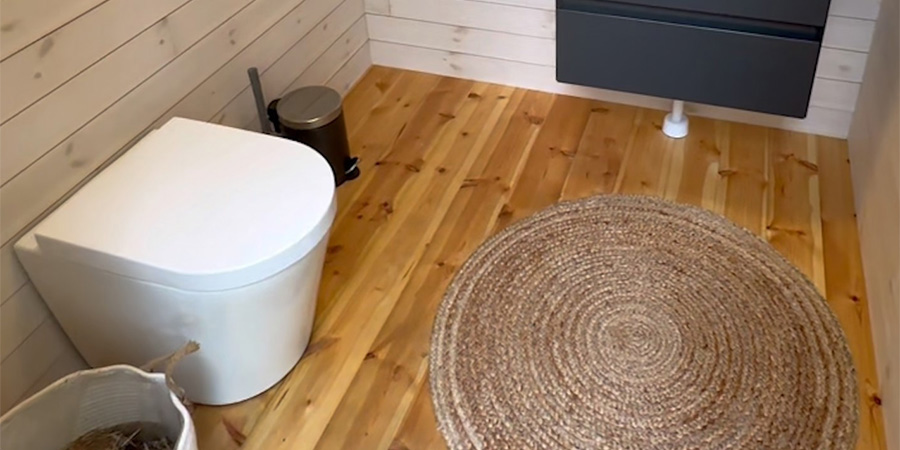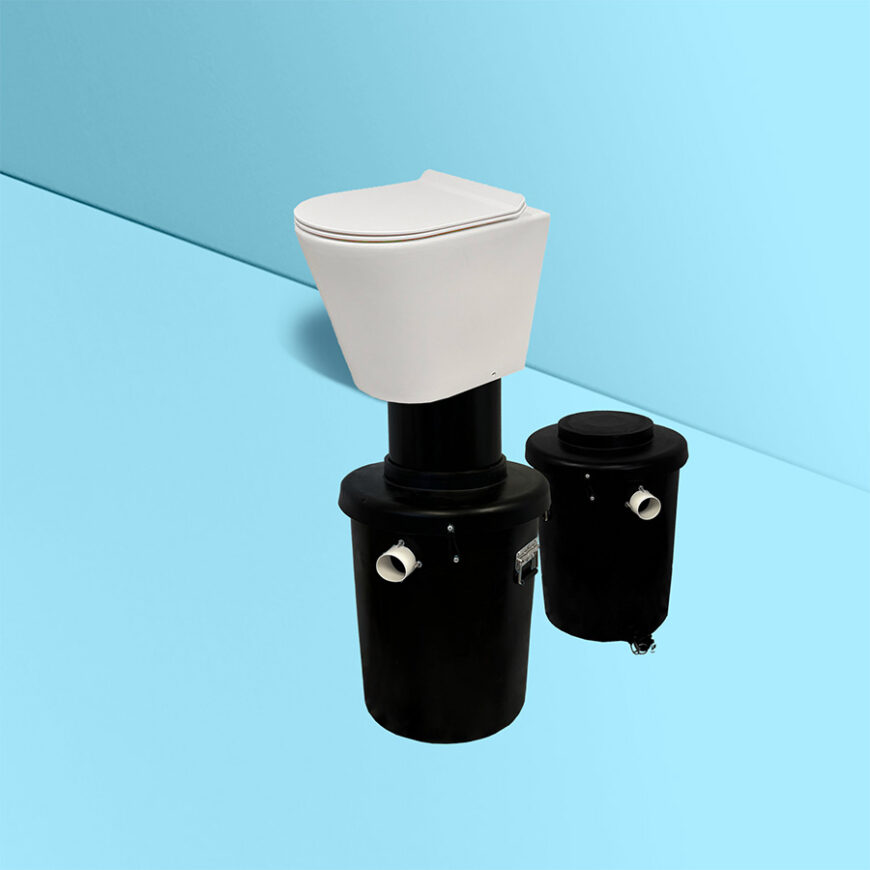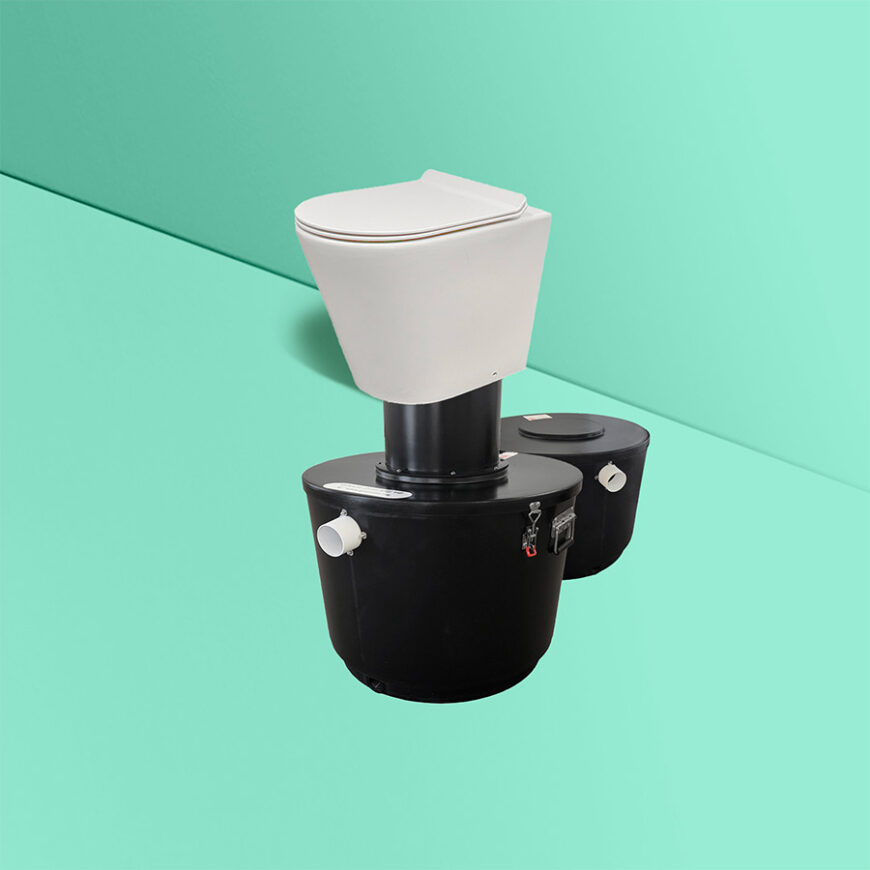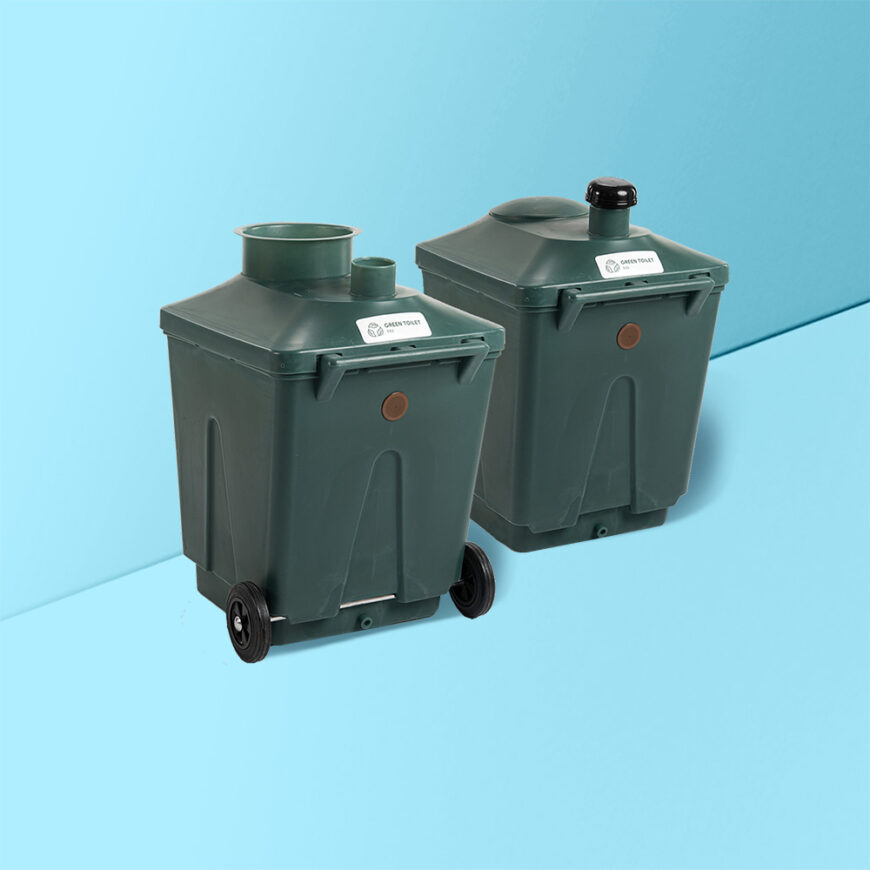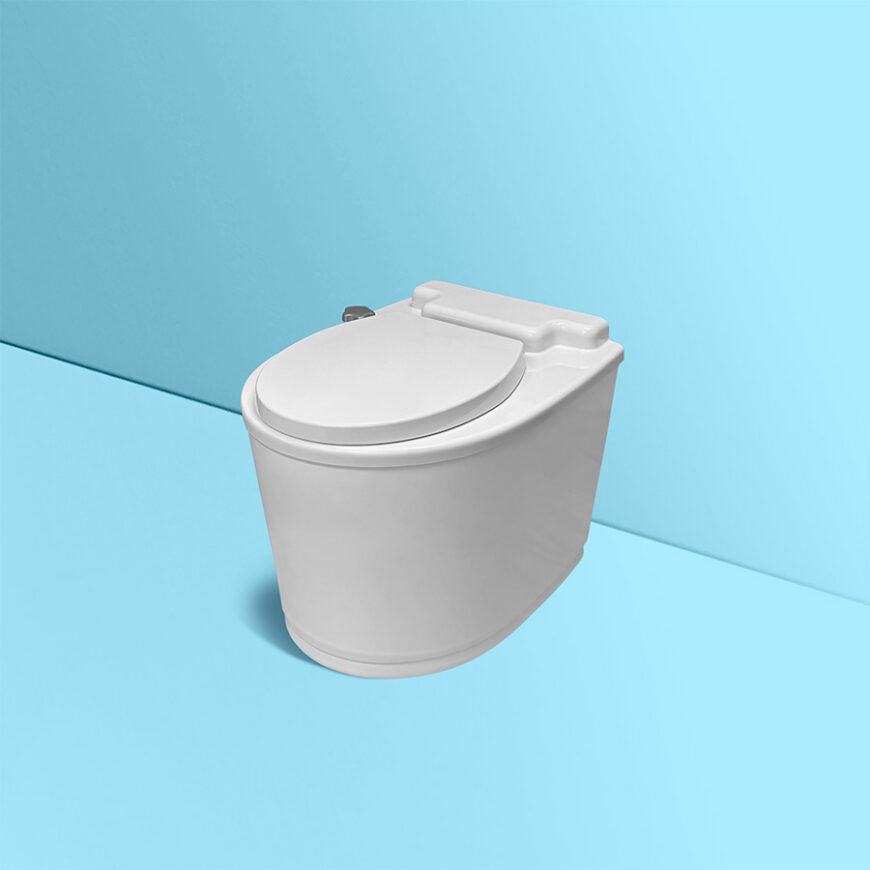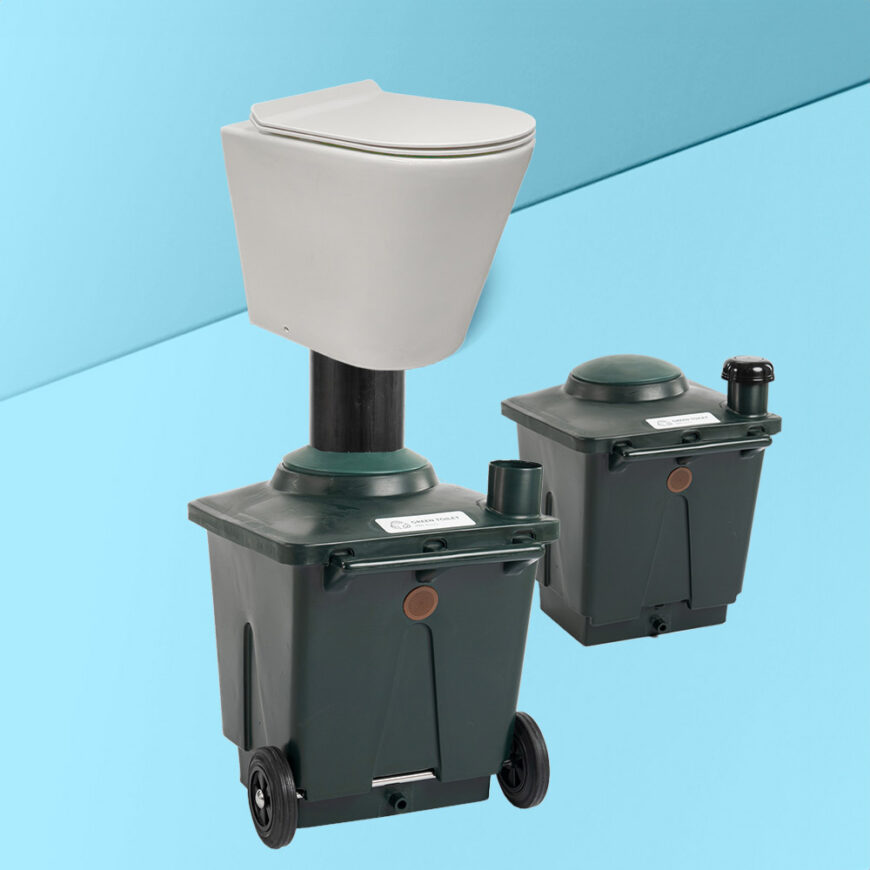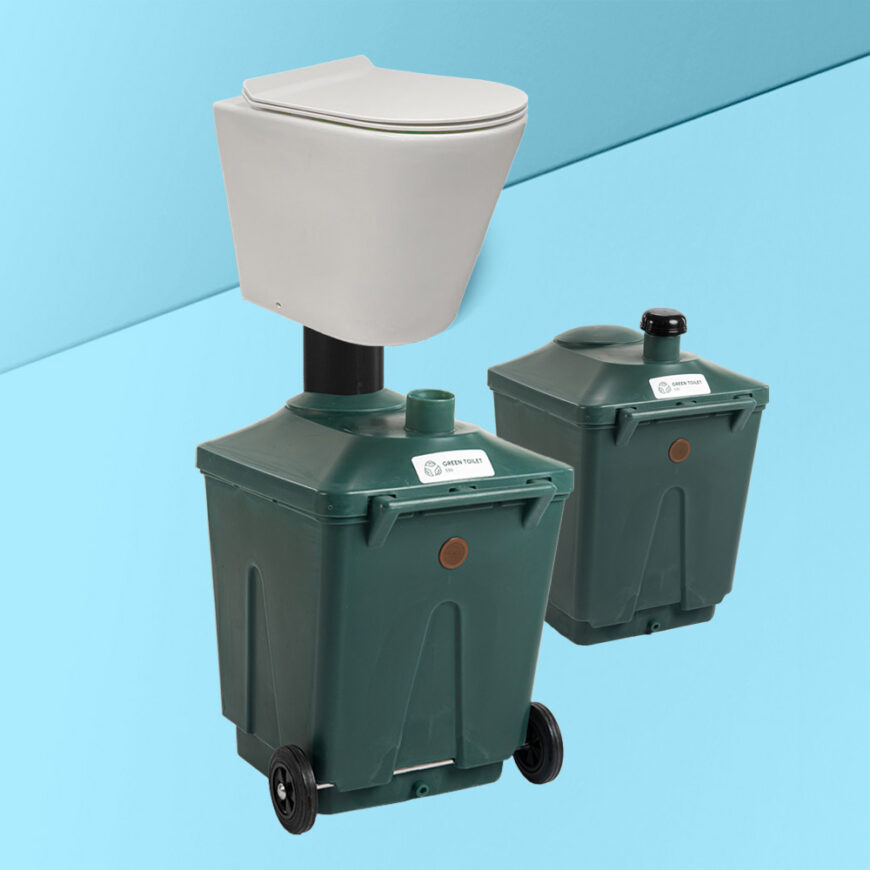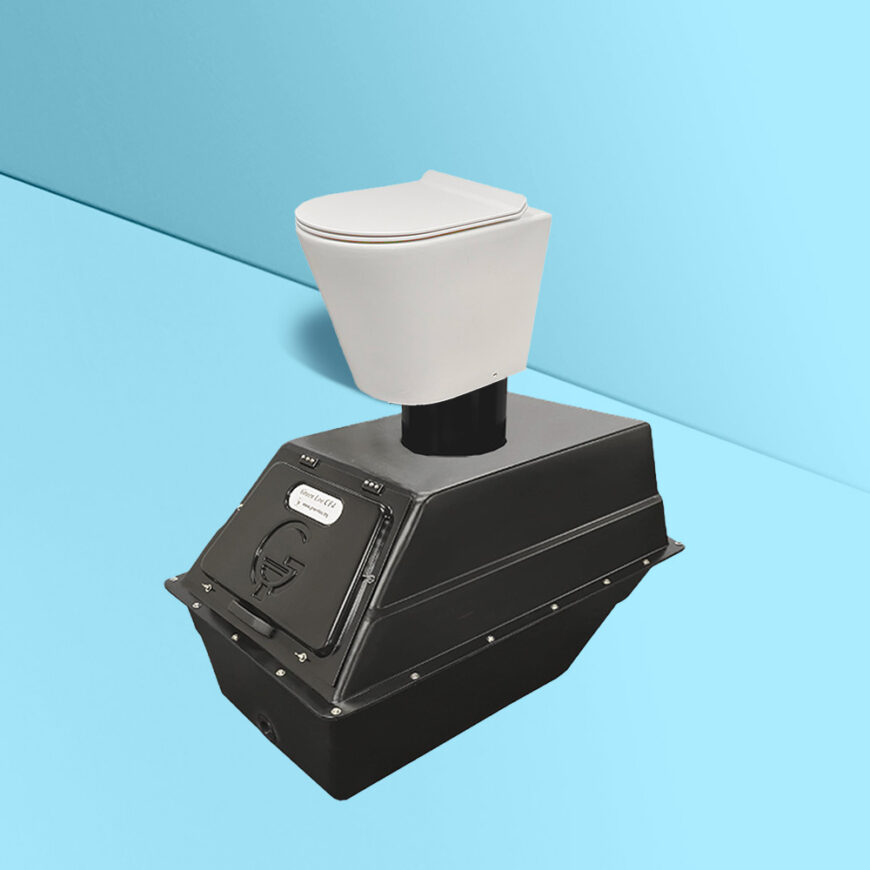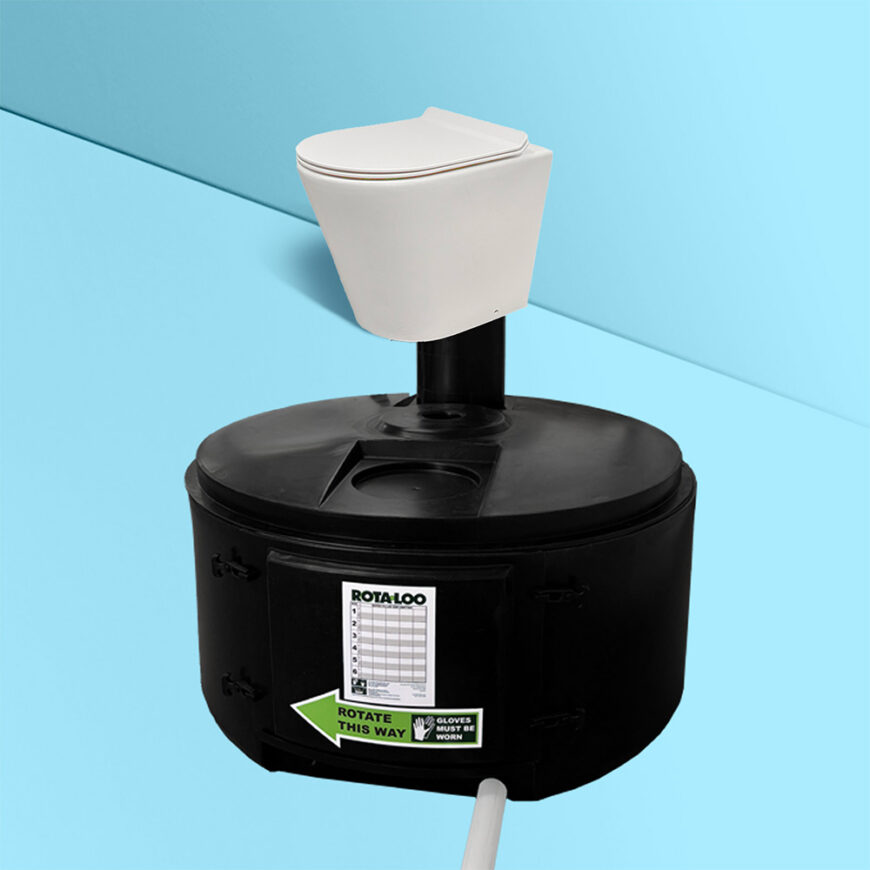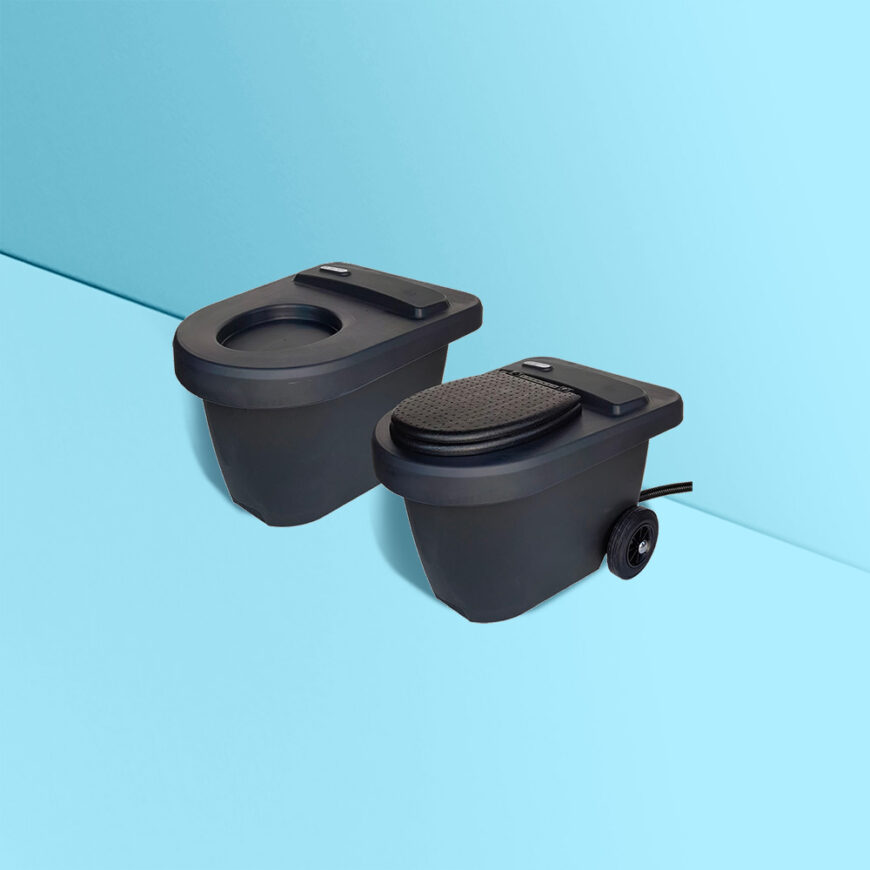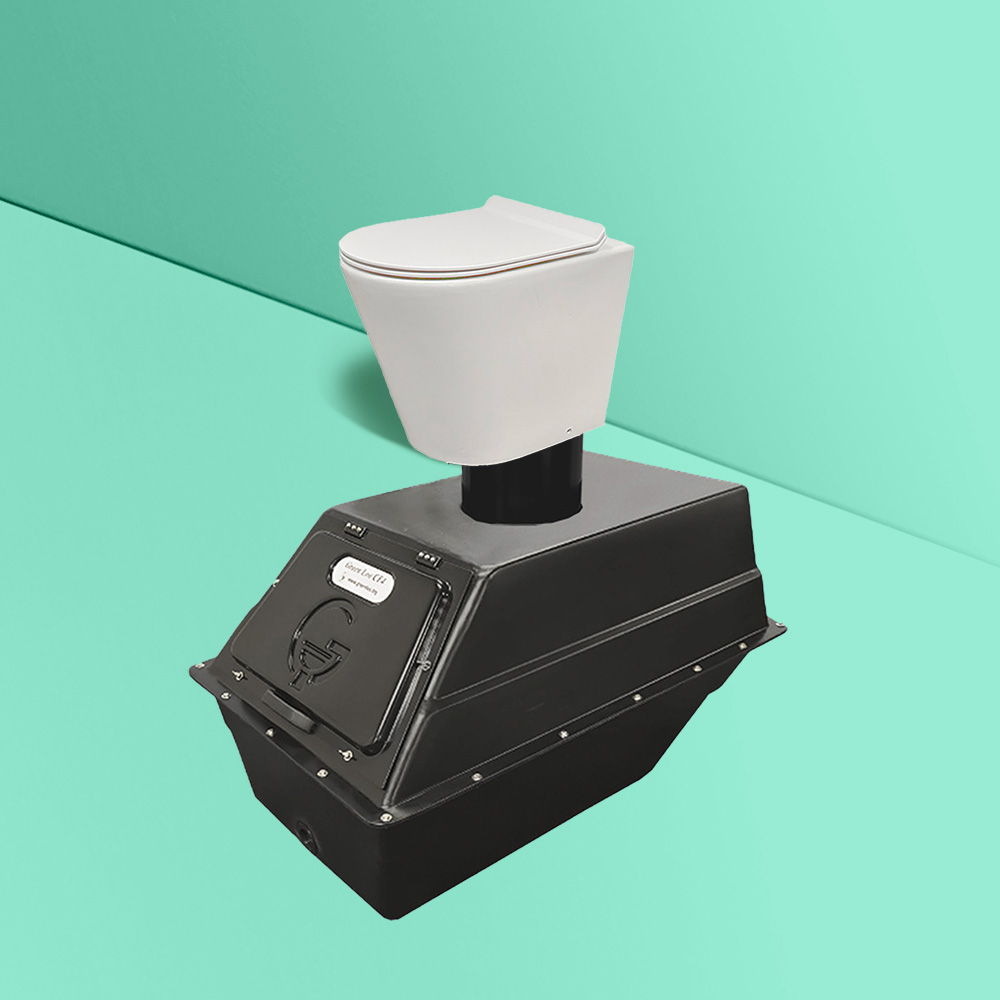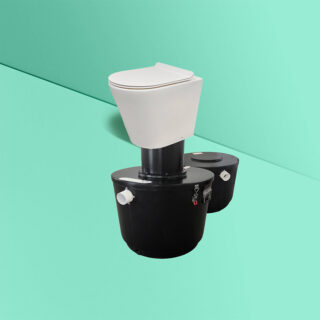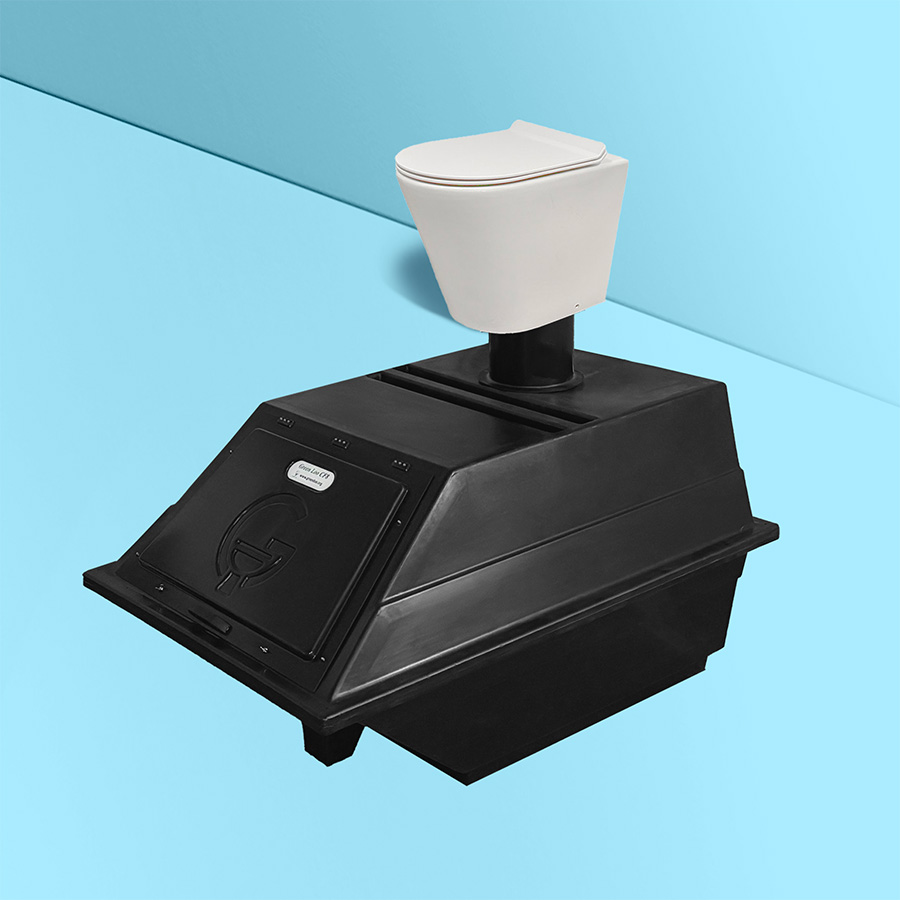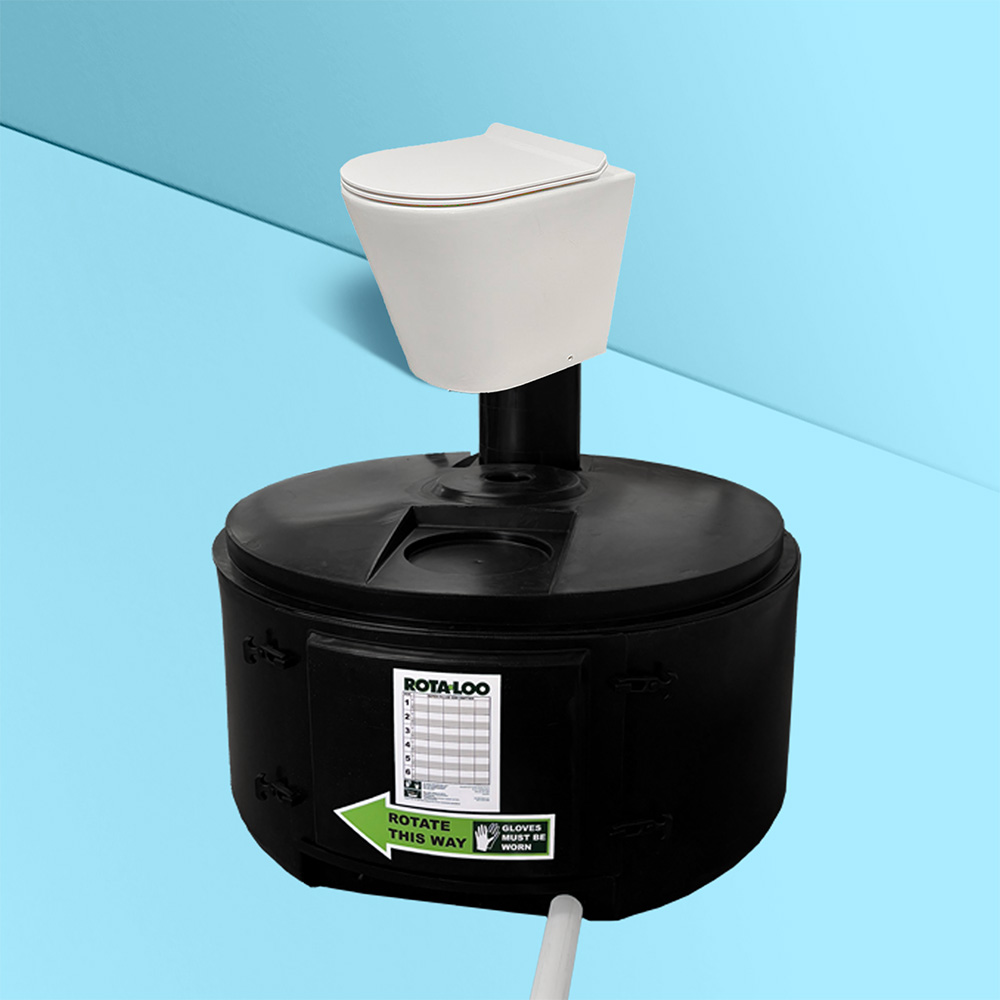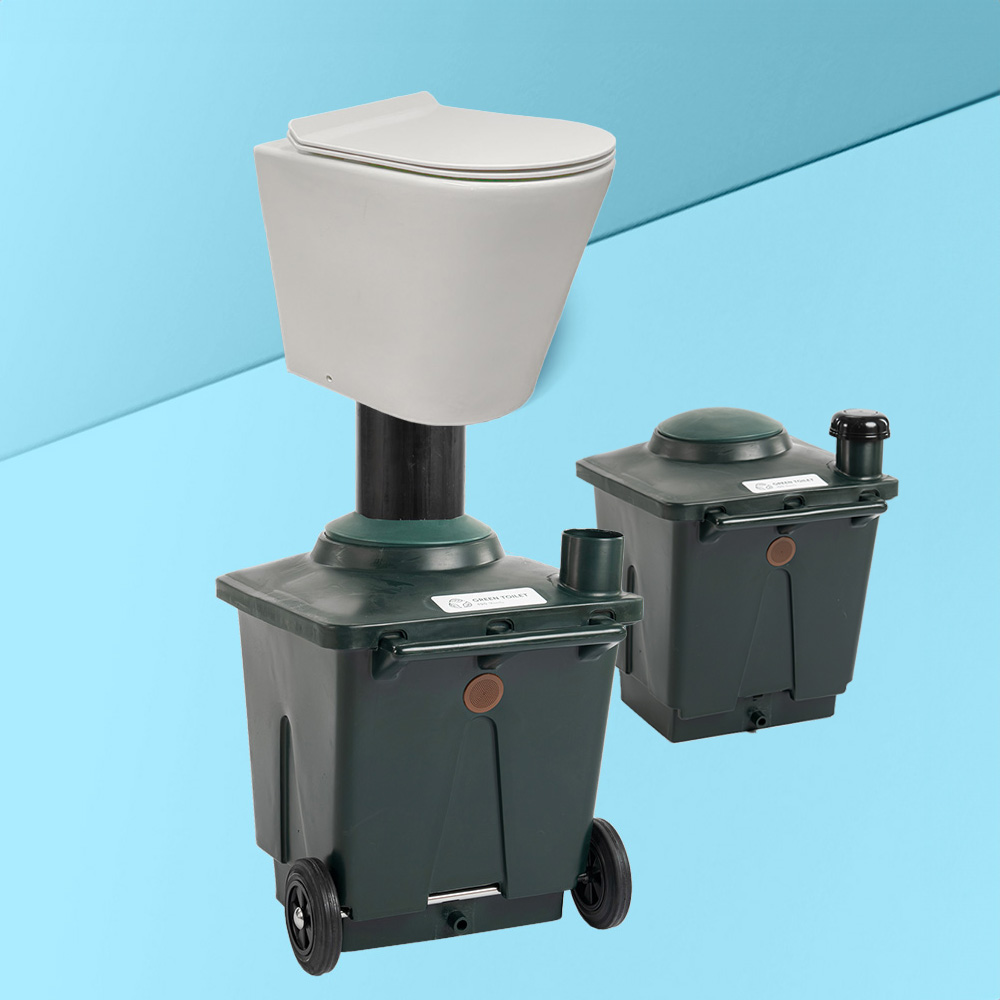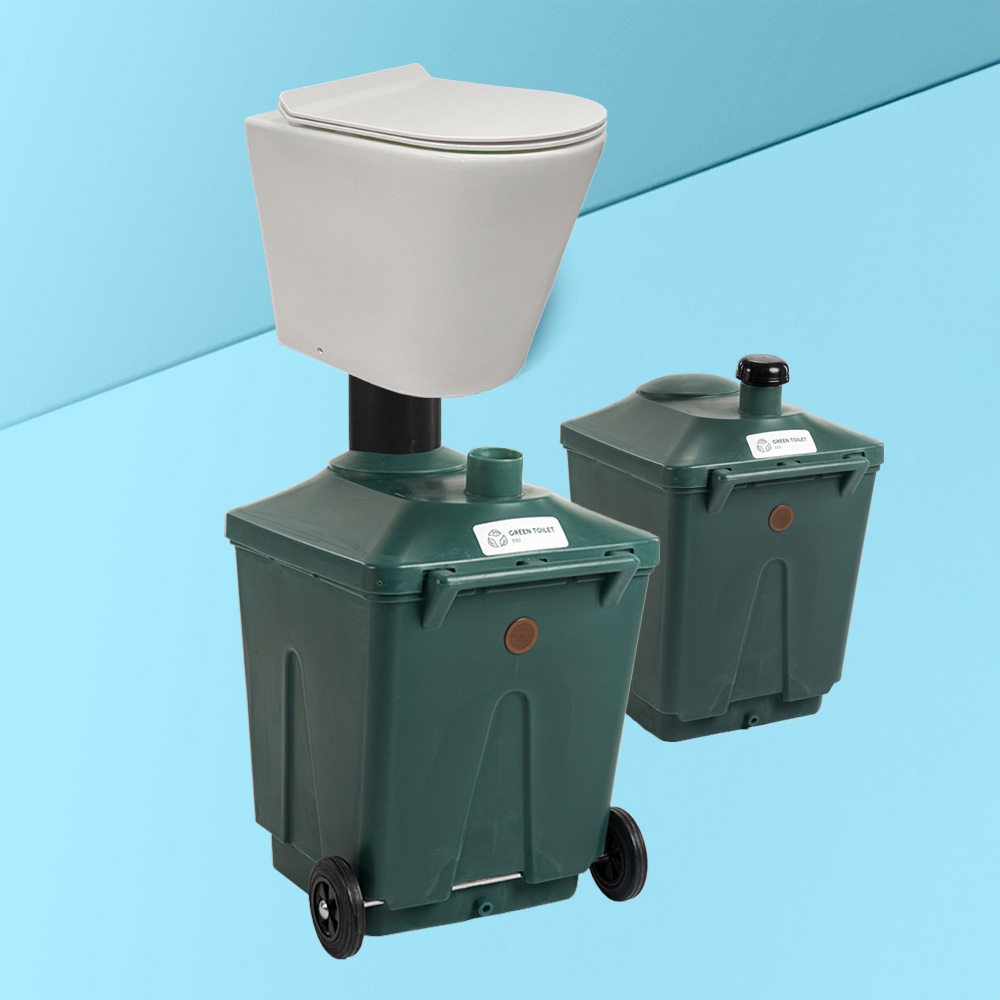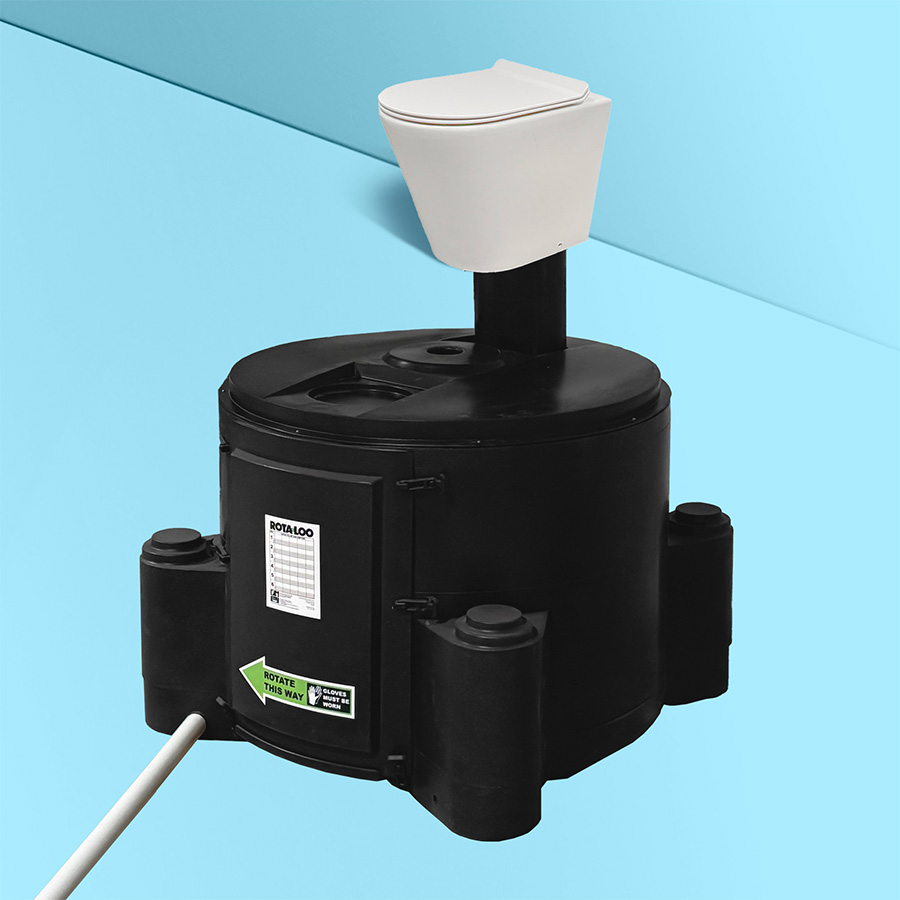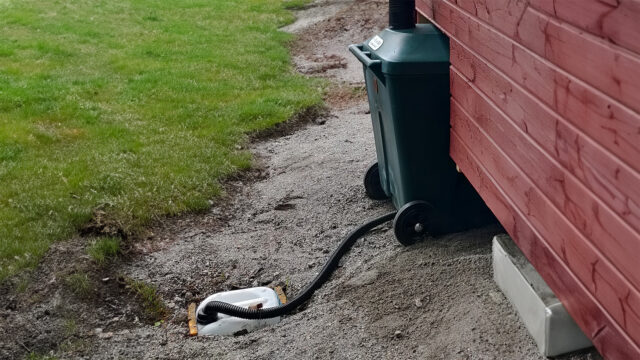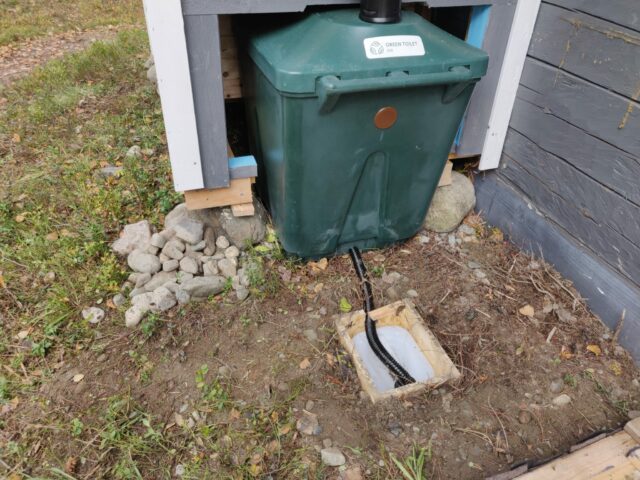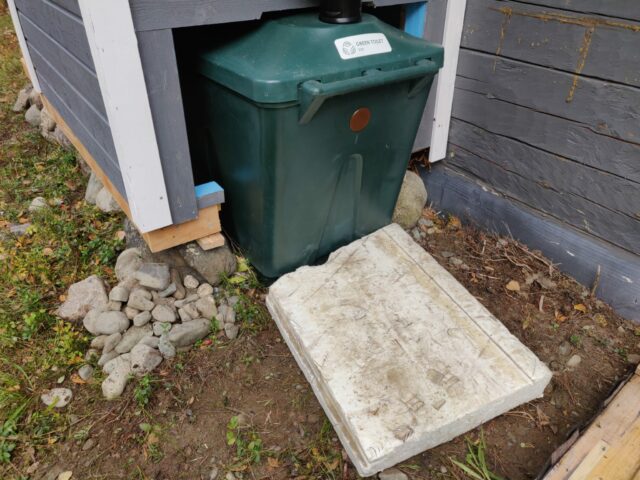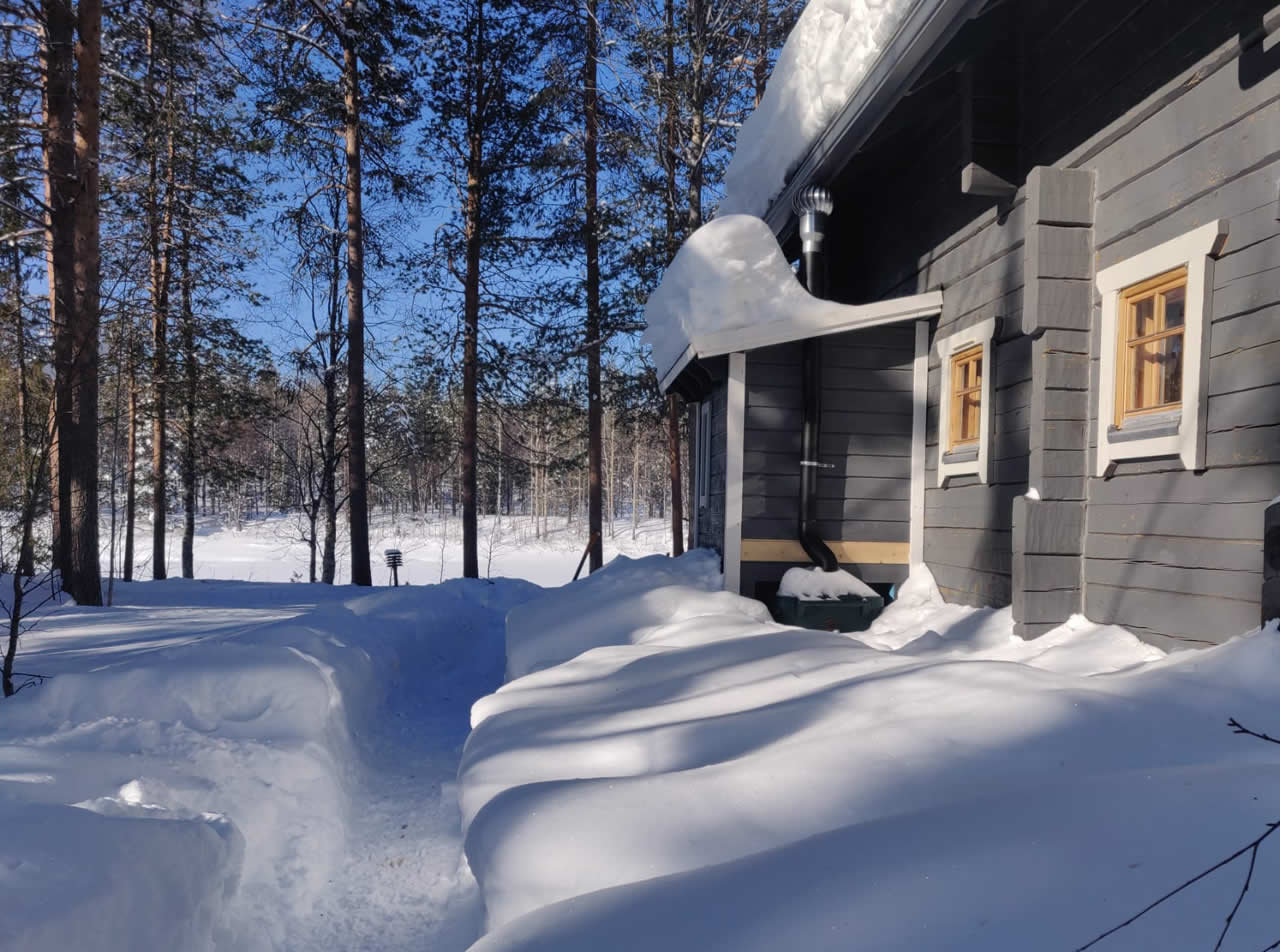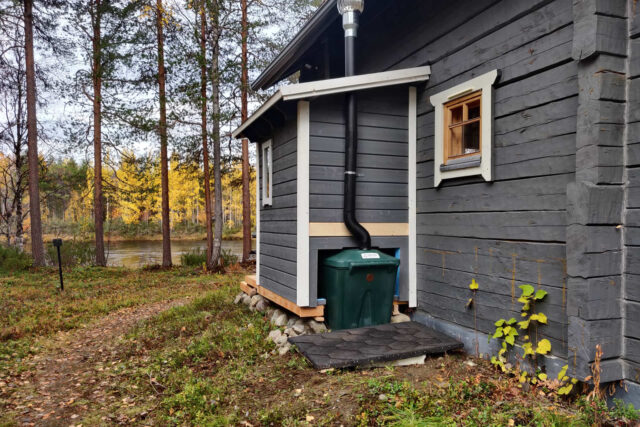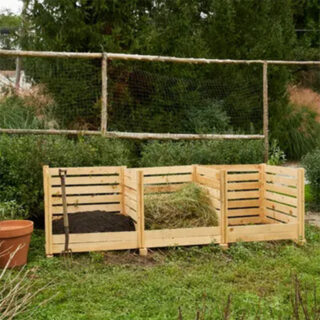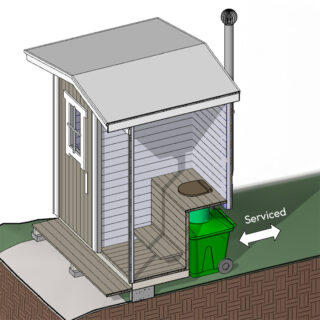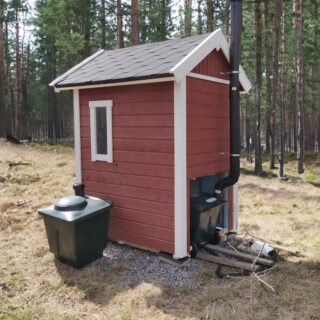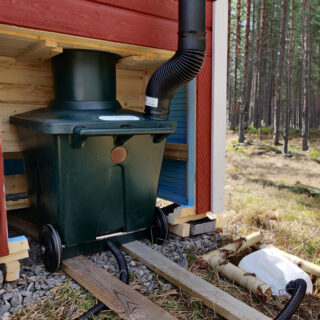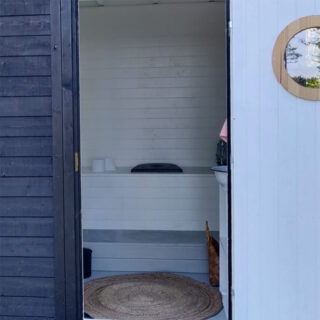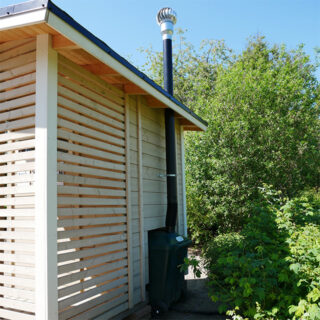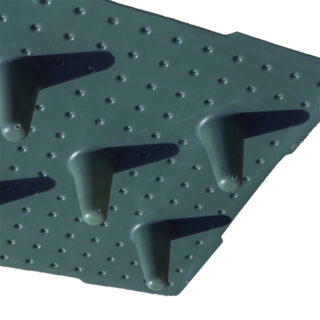Composting Toilets
By definition, composting is the natural process of recycling organic matter, such as leaves, vegetable scraps, and other decomposable materials, into a rich soil amendment known as compost. Through the action of microorganisms such as bacteria and fungi organic materials are broken down in a controlled environment. This decomposition occurs under conditions that promote aerobic digestion, where oxygen helps break down the material into a nutrient-rich, humus-like substance. Composting reduces waste in landfills, returns essential nutrients back to the earth, and helps improve soil health and structure.

What is a Composting Toilet?
A composting toilet is a type of waterless toilet that treats human waste through the composting process. This process decomposes organic matter, including urine, poop and regular toilet paper. Composting toilets function without the need for water or connection to a sewer system, transforming waste into a nutrient-rich compost material. They are designed to be odor-free, standalone waterless toilet solutions.
The composting toilet is usually the most straightforward and easiest model of waterless toilets. In a composting toilet, all waste falls into the same container: urine, solid waste, and toilet paper.
Unlike to urine-diverting toilets, some type of bulking agent, such as hemp, peat, or sawdust is usually added into the composting toilet. Bulking agents are used to absorb some of the urine into the compost and also sometimes to cover the waste from view above (depending on the model).
Good Composting Toilet is a Pleasure
A good composting toilet has two important features: 1) effective excess liquid removal and 2) efficient ventilation. A working composting toilet does not smell at all.
Natural composting process requires that excess liquid is separated from the solid material. Most composting waterless toilets rely on some form of liquid separation within the composting chamber. The excess liquid is channeled from the container either into a canister or through a special filter to the ground (e.g. perforated drain). However, there are also urine-diverting toilets that separate liquid urine already in the toilet bowl. Learn more about urine separation.
Properly arranged ventilation dries the compost, resulting in less leachate to handle. Additionally, ventilation keeps the toilet space completely odorless.
